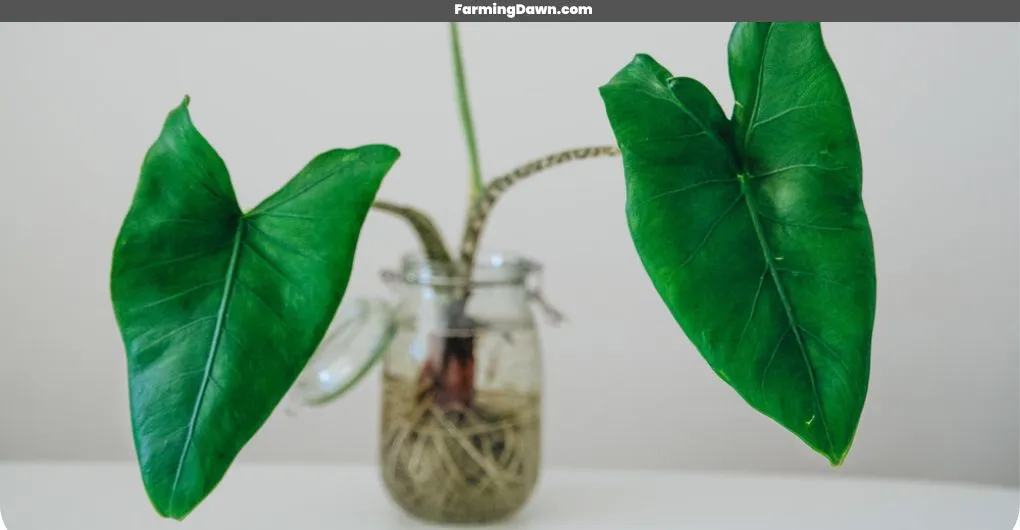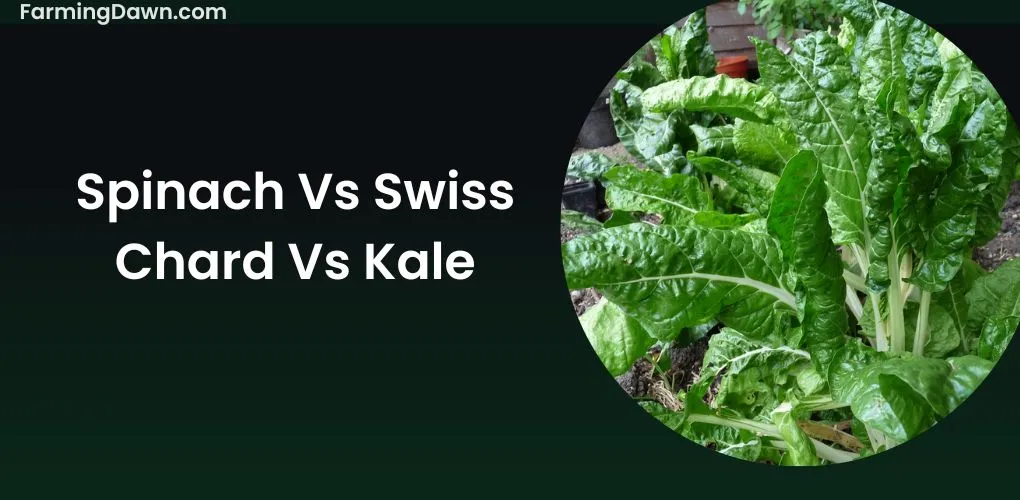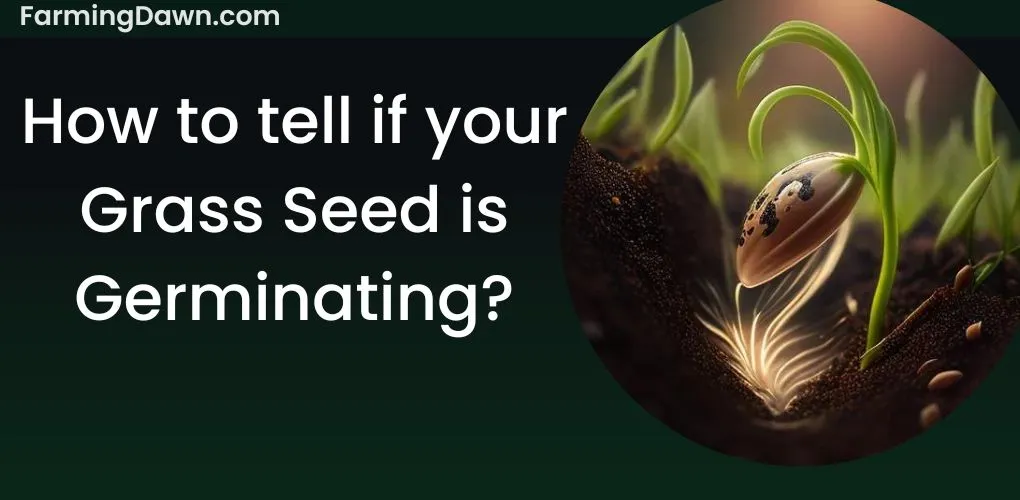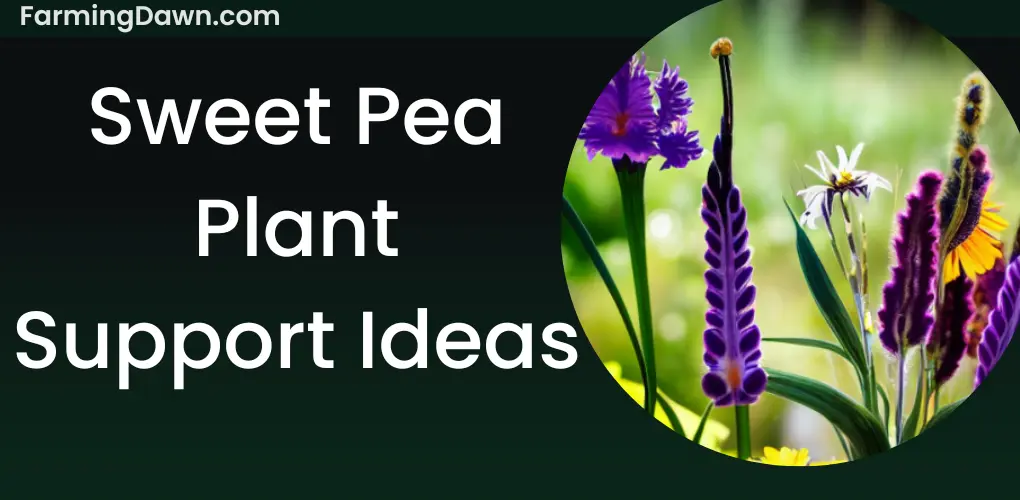Alocasia Zebrina is native to Southeast Asia and has a lot of unique characteristics that make it stand out from other plants. If you’re looking for something fun and different to add to your garden or home, this could be the perfect choice for you!
In my next paragraphs, I’ll be talking about where Zebrina Alocasia comes from, what makes it special, how to care for it properly, and how to propagate new plants from existing ones. So if you want in on the secrets behind this beautiful specimen of nature’s wonders – keep reading!
Overview Of Alocasia Zebrina
Zebrina Alocasia is an incredible plant with beautiful foliage. It originates from Asia and has a striking zebra-like pattern on its leaves. Its size can range anywhere between 2 to 7 feet tall, and you’ll want to give it plenty of space to grow if you’re looking for the full effect of its beauty.
To ensure your Alocasia stays healthy and grows properly, proper care needs to be taken into consideration.
This includes making sure that the soil is well drained, watering moderately but regularly so that the soil doesn’t dry out completely, providing partial shade or filtered light, misting often if necessary in order to increase humidity levels around the plant, and fertilizing twice each month during spring and summer months.
Propagation takes place by dividing offsets; simply separate one offset from another before planting them separately in a new pot filled with fresh potting mix. There you have it – all the basics of owning a Zebrina Alocasia plant.
**Note**: In below sections, these basics are discussed in detail.
Related: Get the detailed guide on Alocasia regal shield.
| Botanical Name | Alocasia zebrina |
| Common Name | Zebra plant or zebrina Alocasia |
| Family | Araceae |
| Plant Type | Perennial, Indoor Plant |
| Growth Size | 3-5 feet high and 2-3 feet wide |
| Sun Exposure | Partial (medium to bright, indirect sunlight) |
| Toxicity | Toxic to pets (might cause nausea, diarrhea, vomiting, and burning of the mouth and throat) |
| Native Area | Southeast Asia |
| Flower Time | Spring, summer |
| Flower Color | Glossy Green, white |
Natural Habitat Of Alocasia Zebrina
Zebrina plant is a beautiful plant native to Southeast Asia, with striking black and green striped leaves. It’s easy to care for and propagate, but it does require the right environment to thrive.
Zebrina Alocasia loves warm climates and humid air, making its natural habitat tropical rainforests, and lush jungles where humidity levels are high and temperatures remain steady all year round.
If you’re looking after a Zebrina Alocasia at home or in your garden, be sure to recreate these conditions as best you can if you want the plant to grow healthy and strong!
Appearance Of Alocasia Zebrina
Well, if you thought the natural habitat of Zebrina Alocasia was interesting, just wait until you take a look at its appearance! This beautiful plant is also known as variegated zebrina alocasia and has incredibly stunning leaves that have a unique marbling pattern.
The colors range from dark purple to bright green, with some varieties even having pink or yellow hues. Not only do they look amazing but they are also quite large and can grow up to 8 inches long! What’s more, these plants thrive in humid environments so make sure to give them plenty of water when caring for them.
See more: Learn the appearance of Anthurium Warocqueanum plant.

Growth Rate Of Alocasia Zebrina
The growth of Alocasia plant is nothing short of a marvel. If you’re determined to provide proper care, it can grow up to 5 feet tall with glossy green leaves that look like they have been painted on. Its growth rate will astound you, it’s not uncommon for this plant to double its size in just a few months!
It is important to provide the right amount of light, water, and fertilizer during the growing season if you want your Zebrina Alocasia to reach its full potential size-wise. Whether you’re looking for a showstopper or something more modestly sized, Zebrina Alocasia makes an excellent addition to any indoor garden.
How To Care For Alocasia Zebrina?
Now that you know about the growth rate of Zebrina Alocasia, let’s take a look at how to best care for these beautiful plants. Caring for an Alocasia requires some special attention because they are native to tropical climates and need warm temperatures, humidity levels, and indirect sunlight in order to thrive.
Related: How to care for Philodendron verrucosum.
Watering
When it comes to taking care of Alocasia Zebrina, you need to make sure that you give your plant the right amount of water. It’s important not to over-water them as they can suffer from root rot. You want a nice balance between keeping the soil moist and allowing it to dry out between waterings.
This houseplant is best suited for humid environments, so if your home tends to be on the dry side, consider misting occasionally in addition to watering. When shopping for a Zebrina Alocasia for sale, look for one with glossy leaves and healthy roots, this will help ensure that your new friend will thrive in its new environment!
Soil Requirements
Alocasia Zebrina needs a rich, well-draining potting mix that’s slightly acidic with an ideal pH level of 5.5 to 6.5. This can be achieved by adding some sphagnum moss or peat and perlite into the mix.
You should also consider adding a slow-release fertilizer every month during its growing season (spring through fall) to ensure optimum health and growth. And don’t forget about drainage; make sure you use a container with plenty of drain holes in the bottom to prevent root rot from occurring due to waterlogging.
Lighting Requirements
When it comes to caring for your alocasia zebrina, one of the most important things to consider is lighting. It’s a jungle out there and you’ll want to make sure that your beloved plant gets enough light so it can thrive like never before!
Despite its native origins in tropical forests, this species requires bright indirect sunlight or filtered direct sunlight for optimal growth. If you’re looking for an even brighter option, try placing your alocasia near a sunny window or investing in a grow lamp specifically designed for houseplants.
And since these plants prefer humid environments, don’t forget to mist them once or twice daily to keep their leaves fresh and green (and show off those stunning stripes!).
Temperature Requirements
Temperature requirements are an important factor for the growth of your plant, as they can have a direct effect on how well the plant grows and how healthy it stays. If you’re wondering what temperature range is best for your Zebrina, then look no further!
The optimal growing environment should be between 65°F-80°F during the day, with nighttime temperatures staying above 60°F. It’s also essential that you keep humidity levels high – around 75%. This will ensure that your Zebrina Alocasia thrives and remains happy for many years to come.
All things considered, providing the right temperature conditions for your Alocasia is critical in order to help it grow and flourish properly.
How To Grow Alocasia Zebrina?
Getting ready to grow zebrina alocasia? And why wouldn’t you? It’s an exciting plant to have in your garden! The first thing you’ll want to do is prepare your soil. Once that’s ready, you can plant the tubers, and after that, you’ll be on your way to a thriving beautiful plant!

Preparing The Soil
If you want to grow a zebrina alocasia, the first step is preparing your soil. The most important thing to consider when doing this is that Zebrina alocasia prefers soils with a pH of 5.5-6.0 and good drainage, so make sure it’s not too compacted or wet.
I’d recommend adding organic matter like compost or peat moss to help retain moisture and provide essential nutrients. If possible, try to find out more about the specific care needs for your variety of this plant as some may require slightly different conditions in order to thrive!
Remember, taking the time now to prepare the soil properly will ultimately ensure healthy growth and save you money in the long run, so don’t skimp on quality when it comes to getting your hands dirty!
Planting The Tubers
Once you’ve got your soil all prepped, it’s time to get planting those plant tubers! Plant each tuber about two inches deep and make sure the pointed end is facing up. You may want to lightly water the area before planting, this will help keep the surface moist as the roots start to develop.
If you’re not sure which way is up on your zebrina alocasia reticulate tuber, no problem, just plant it horizontally and let nature do its thing! Soon enough you’ll have an impressive display of beautiful leaves waving in the breeze.
Can Alocasia Zebrina Grow In Water?
So, can zebrina plant grow in water? As it turns out, yes! This magnificent ‘Tiger-Zebra Elephant Ear’ plant is quite capable of growing even when submerged.
It will thrive best with a healthy dose of organic material and some nutrient-rich soil to boot, but if you provide these, you don’t need to worry about it drying out or becoming waterlogged. In fact, the more moisture and humidity around your Alocasia Tiger Zebra Elephant Ear Plant, the better off it’ll be!
So whether you choose to place yours in a pot that’s partially filled with water or go all-out and submerge it completely, either way, could work fine for this stunning houseplant.
How To Propagate Alocasia Zebrina?
In this section, we’re gonna talk about propagation methods for Alocasia! Let’s start with seed propagation, it’s a great option if you’re a beginner, and I’ve found it to be relatively easy for this plant.
Then there’s division propagation, which is a bit more advanced, but can be a great way to get multiple plants from one! So let’s dig a bit deeper and see what we can learn about these two methods.

Seed Propagation
Seed propagation is one of the best methods for propagating this plant. It’s pretty easy and straightforward; all you need are some good-quality seeds. You’ll want to plant them in a pot filled with soil that has been mixed with compost or manure, this will provide nutrients for their growth.
To give them the best chance at success, make sure they get plenty of light exposure and keep the soil moist but not soggy. With proper care and attention, soon enough you’ll be rewarded with healthy new plants!
So if you’re up for the challenge, why not give it a go? After all, growing from seed gives us an extra sense of satisfaction when we see our plant thriving!
Division Propagation
If you’re looking for an even easier way to propagate your Alocasia Zebrina, division propagation is the perfect method. You’ll be able to split up one plant into two or more smaller ones, it’s a great option if you want to quickly expand your collection!
All you need to do is carefully dig around the base of the plant and then gently pull apart the clumps with your hands. Make sure that each new division has enough roots attached so they can grow into healthy plants.
If you properly carry out these steps, then these divisions will soon flourish in their new homes and provide plenty of enjoyment for years to come! So why not give this method a try? It’s definitely worth taking advantage of!
Why Is My Alocasia Zebrina Drooping?
As the previous section discussed, propagating a Zebrina is relatively straightforward. But what about those who have already grown one and are now wondering why it’s drooping? It could be due to a number of things, from improper care to too much or too little sunlight.
It’s important when caring for your Alocasia that you understand its needs in order for it to thrive. This means providing regular watering but not overwatering as this can cause root rot, a common problem with these plants.
They need plenty of indirect light so if yours isn’t getting enough, this may be why it’s starting to sag at the leaves. As such, ensure that you give your plant adequate lighting while also making sure there isn’t an excessive amount that could scorch its foliage.
If your Alocasia zebrina flower has been damaged by pests like mealybugs or aphids, it might also explain why it is wilting and turning yellow. In such cases, use insecticidal soap or neem oil solution to get rid of them before further damage occurs.
Overall, with proper zebrina alocasia care and attention, you should soon see positive changes in your beloved plant!
Why Is My Alocasia Zebrina Turning Yellow?
I’m sure I’m not alone when it comes to the frustration of seeing my beloved Alocasia turning yellow. Not only is it visually unappealing, but it can be a sign of trouble and something that needs prompt attention.
If you’re trying to figure out why your Zebrina Alocasia is changing color, it’s worth considering its care routine as this may provide some answers.
From soil type, water requirements, and light exposure, all these factors play an important role in keeping your plant healthy and vibrant so making sure you get them right could be key for restoring your Zebrina Alocasia back to its former glory!
So if you think something isn’t quite right with yours, pay close attention to its environment and make any necessary adjustments for optimum growth.
Why Is My Alocasia Zebrina Leaves Curling?
My Alocasia Zebrina leaves are curling in a way that makes me feel like I’m failing as the ultimate plant parent. It’s heartbreaking, especially when you consider how majestic and unique these plants can be, I mean, they’re almost too beautiful to be real!
These particular houseplants need an environment that is warm and constantly humid; so if yours has been left out of this equation for a while then it’s likely why its leaves have developed their signature curl.
To bring them back from the brink of despair try misting your plant on a daily or keep it by a humidifier. With just a little extra TLC your precious zebrina alocasia will flourish again before you know it!
Is Alocasia Zebrina Toxic To Cats?
It’s easy to see why this plant is a popular houseplant – its bold, striped leaves give it an eye-catching appearance that can bring life to any room. But when you have cats in the home, there’s one important question: is this plant safe for your furry friends?
The bad news is that yes, Tiger Zebrina Alocasia is toxic to pets. If one were to engage in the ingestion or gnawing of plant material, one could suffer the ill effects of oxalate crystals contained within.
These crystals may induce such discomforts as oral pain, nausea, emesis, and diarrhea. Prudence dictates that one should keep these plants safely out of reach of both children and pets.
Frequently Asked Questions Related To Alocasia Zebrina
How Big Does Alocasia Zebrina Grow?
In optimal growing conditions, it can grow up to 3-5 feet in height and 2-3 feet in width. However, the plant’s growth rate and ultimate size can be influenced by various factors such as the amount of light, temperature, humidity, and nutrients it receives.
How Often To Water Alocasia Zebrina?
It’s recommended to water your plant once a week during the growing season (spring and summer) and reduce the watering frequency to every 10-14 days during the dormant season (fall and winter).
Avoid letting the soil dry out completely, as this can lead to root damage and cause the plant’s leaves to wilt. On the other hand, overwatering can cause root rot and other fungal diseases.
How To Keep Alocasia Zebrina Upright?
To keep this plant upright, provide it with proper support such as a sturdy stake or trellis. You can also place it in a location with bright, indirect light and keep the soil consistently moist. Avoid exposing it to direct sunlight and strong winds.
How To Repot Alocasia Zebrina?
To report, gently remove the plant from its current pot and loosen the roots. Choose a new pot that is one size larger and has drainage holes. Add a layer of fresh potting mix to the bottom, place the plant in the center, and fill in the gaps with more soil. Water the plant thoroughly and place it in a location with bright, indirect light.
When To Repot Alocasia Zebrina?
Zebrina plant should be repotted every 1-2 years in the spring or early summer when the plant is actively growing. It’s time to repot your plant if roots are growing out of the drainage holes, the plant is becoming top-heavy or the soil is not retaining moisture.
Is Alocasia Zebrina Rare?
Yes, it is considered a rare plant in some regions because it can be difficult to find in local nurseries or garden centers. However, it is becoming more widely available as its popularity grows among plant enthusiasts
Why Is My Alocasia Zebrina Not Growing?
There could be several reasons why your plant is not growing, including insufficient light, lack of nutrients in the soil, overwatering or underwatering, or being rootbound in its pot.
Check the plant’s location, soil moisture, and fertilizer schedule to ensure it is receiving the proper care. If it is rootbound, consider repotting it into a larger container.
Final Thoughts
The Alocasia Zebrina is a stunning plant that can bring color and life to any home. With its bold appearance and easy care requirements, it’s no wonder why so many people choose this species of plant for their gardens or living spaces.
But what makes the this plant truly special is how resilient it is. While it may take some extra TLC at first, once you get the hang of caring for these tropical beauties, they will reward you with lush foliage and vibrant colors.
So whether you’re looking for a unique addition to your outdoor space or an exotic houseplant friend, there’s sure to be something special about having a Zebrina in your life!






